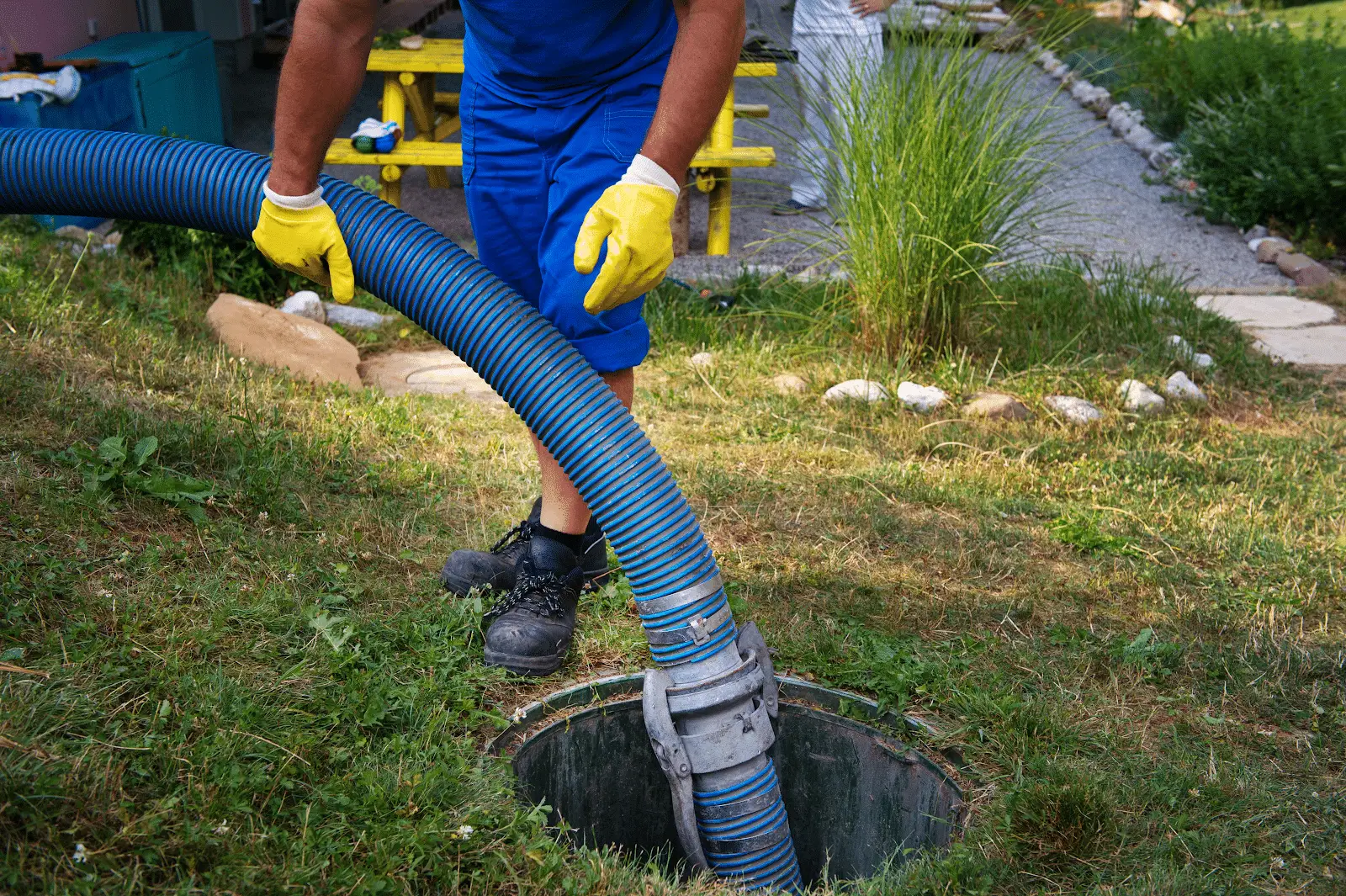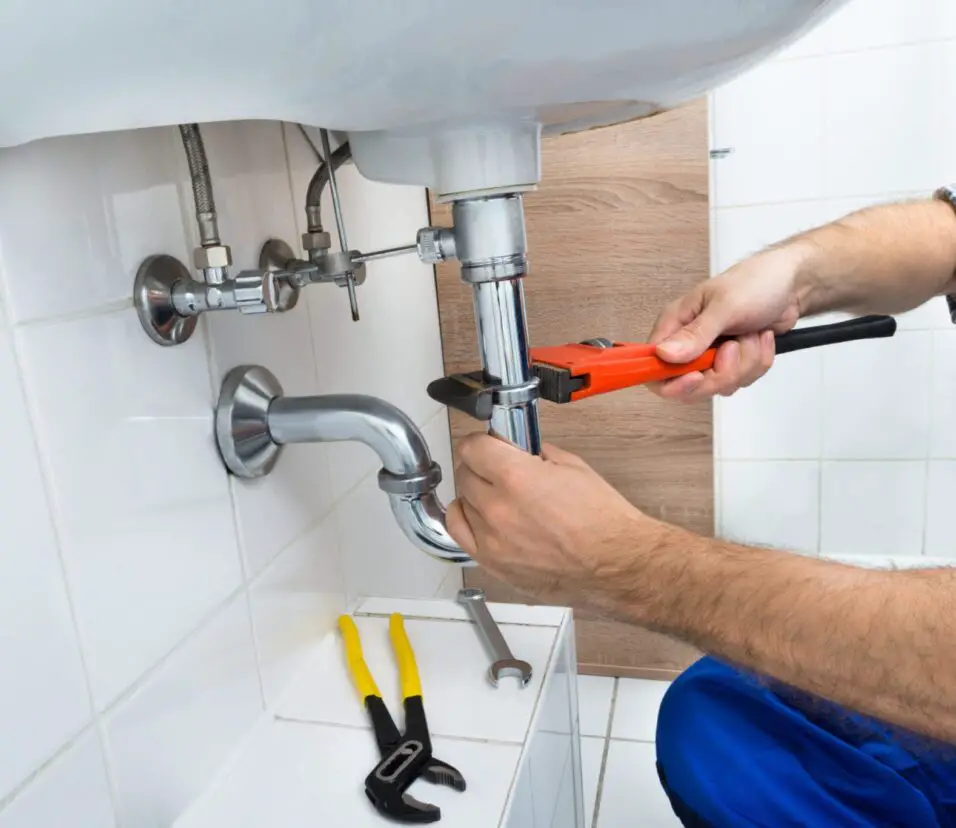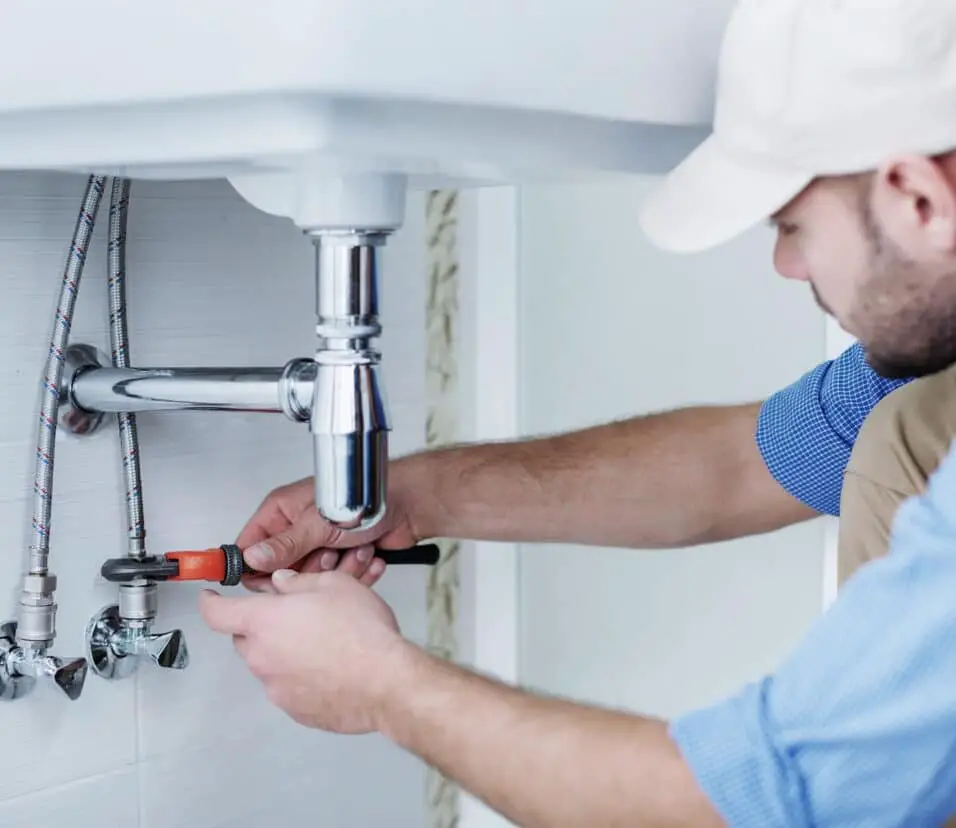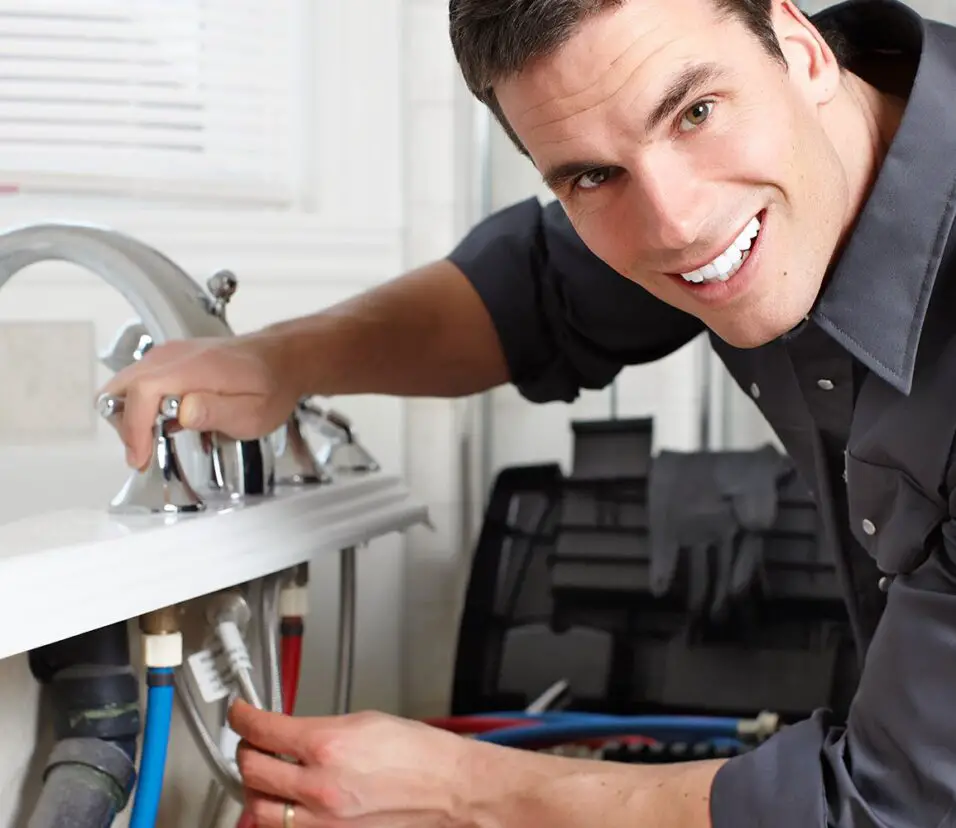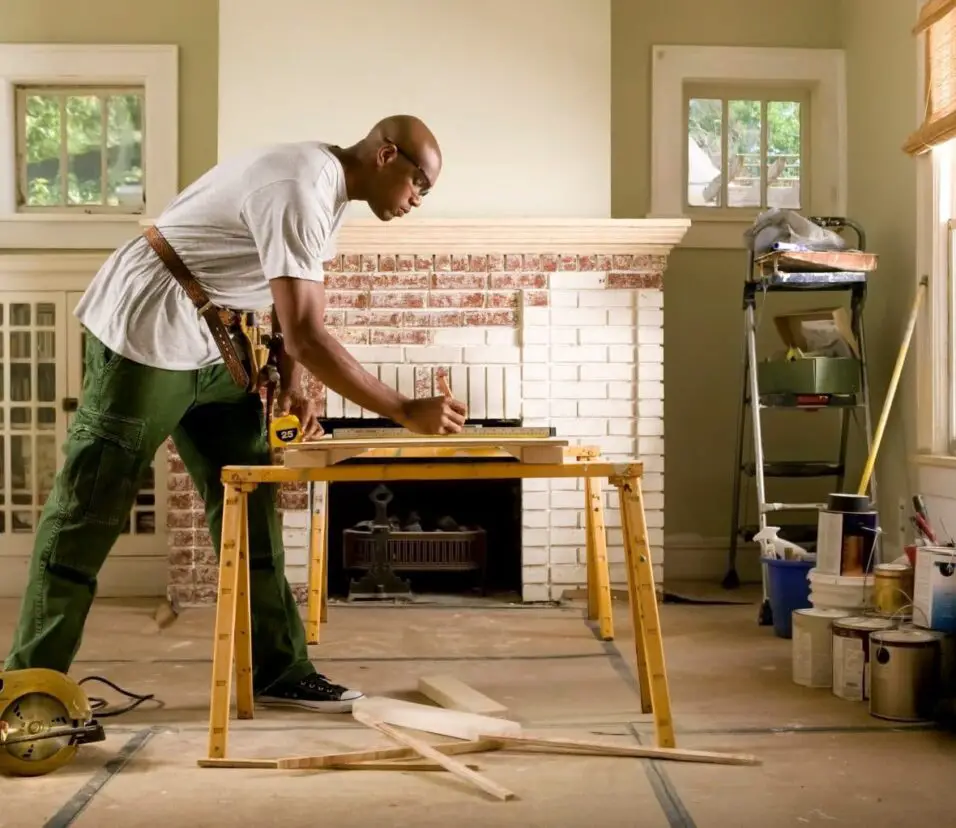What Is A Cleanout In Plumbing
Introduction
Why is a cleanout important in plumbing? A cleanout makes it easy to clean, maintain, or fix the plumbing system. Fixing problems and maintaining water systems in good shape is necessary.
A cleanout is a pipe that has a cap or cover that can be taken off. It is put in important places in the plumbing system, like where pipes bend or meet. Most cleanouts take place outside, in the basement, or in the attic. For ease of entry, they are usually at or just above ground level.
Cleanouts make it easy for plumbers to check lines for clogs, blockages, and other problems. By taking off the cap or cover, the plumber can use a drain snake or other tools to clear out the clog. This entry point makes it easier to check pipes for leaks, corrosion, and other problems.
Cleanouts are essential for repairs, installations, and maintenance. The cleanout allows plumbers to repair a plumbing system without dismantling a lot of pipes. The cleanout can also connect new plumbing fixtures or appliances to the current plumbing system.
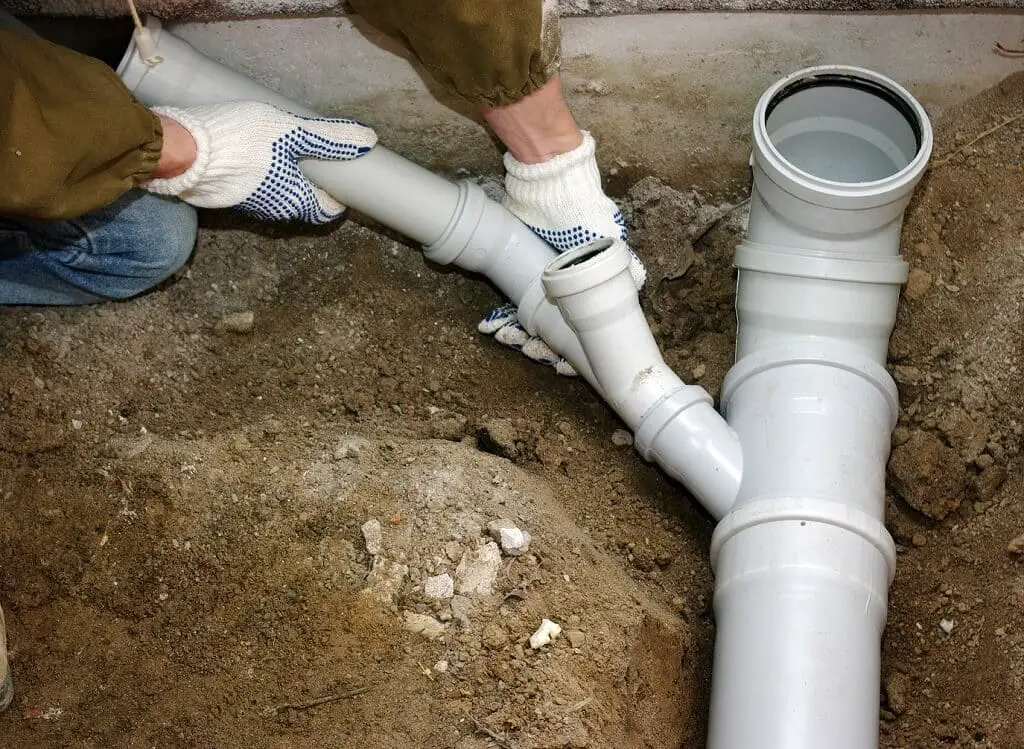
What Is The Purpose Of A Clean Out In Plumbing?
People usually find a cleanout in their basement or on the side of their house. This is where they can clear out jams or look inside the line.
A cleanout, as the name suggests, makes it easy to get to the sewage system to clean, fix, or maintain it. A plumber can use it to clean the lines or check for leaks, clogs, or other issues by making a hole in the system.
Making it possible to clean the pipes well is one of the main tasks of a cleanup. These things, like dirt and grease, can get stuck in the lines over time and make the water flow more slowly. The cleanup makes it possible for the plumber to work on the pipes. After that, they can use drain snakes or hydro jetting to clear out the clogs and get the water flowing normally again.
As a maintenance measure, cleanouts are also very important. If there are any leaks, rust, or other issues, plumbers can get into the lines and check them. Checking the plumbing system through the cleanout and doing regular maintenance can help find problems and fix them before they get worse. You can avoid spending a lot of money on fixes and water damage this way.
You need cleanouts for installations and fixes as well. For plumbers to get to the problem area without having to take apart a lot of lines, the cleaner is a great tool. This keeps the plumbing system running as easily as possible and saves time and work.
When new plumbing or appliances are put in, the cleanout can be used to connect the new pipes to the old plumbing system. This helps with the download and makes sure the link works as it should.
What Is A Wall Cleanout In Plumbing?
When plumbers need to clear out clogs or check lines, cleanouts make it easy and quick for them to get in without hurting the system.
Wall cleanouts clean and repair wall-mounted water lines. This connection connector lets plumbers clean lines without destroying walls.
Wall cleanouts simplify pipe inspection and repair. Its location makes pipes easy to access during construction and repairs. Many objects clog near valves, connections, and line bends.
For wall cleaning, put the main water line pipe through the wall.
The wall cleanout helps plumbers find and fix plumbing issues. With the right tools, they can take off the cap and clean the lines or get rid of the clog.
What Are The Different Types Of Clean Outs?
In fact, there are two kinds. A single clean out is a fitting that looks like a “Y” and has a tap that comes off at an angle of about 45 degrees. That lets you put a camera or cable in one way. That’s more like a “U,” with two caps, and a double cleanout lets you get in both ways.
Cleanouts are an important part of a plumbing system because they let you do repairs, inspections, and clearing out clogs. In plumbing, there are different kinds of cleanouts that each do different things. These are a few of the different kinds of cleanouts:
Clean up the floor
Basements, utility rooms, and other places with underground lines usually have this cleanout in the floor. Floor cleanouts access the main drain or sewer.
Wall cleaning
Building wall cleanouts are inside. Accessing wall-hidden pipes. Vertical pipe stacks and other sites where floor cleanouts are uncomfortable or unfeasible use wall cleanouts.
Y-Branch Cleanup
Pipe intersections use Y-branch cleanouts. These Y-shaped tools check and clean branch pipes with a removable cap or stopper.
Cleanup of sewers
There are sewer cleanouts where the plumbing in a house connects to the sewer line in the street. They are very important for getting to and servicing the main sewer line. Most sewer cleanouts are bigger and may have a cap or lid to make them easier to get to.
Cleaning out the vent
In a plumbing system, vent cleanouts are put on the vertical vent pipes. With these cleanouts, plumbers can get to the venting system and remove any blockages that might be blocking proper draining and venting.
Cleaning out storm drains
Runoff and rainwater systems use storm drain cleanouts. They allow access to storm drain pipes for repairs and debris removal during severe rains.
It’s important to remember that the types of cleanouts used in a plumbing system can change based on the needs of the property, local building rules, and the design of the system. Plumbers and other pros in the field can help you choose the right type of cleanout for your plumbing installation.
How Do You Use A Plumbing Cleanout?
Steps For How to Clear A Main Sewer Line Clog
- Loosen the Main Drain Cleanout Cap (aka Sewer Cleanout Pipe).
- Remove Cleanout Cap, Allow Water to Backflow to Opening.
- Insert the Snake into the Sewer Line Pipe Opening.
- Run the Tool Until All Clogs are Gone.
- Clean Up and Replace Sewer Cleanout Cap (Don’t overtighten.)
It’s pretty easy to use a plumbing cleanout, but the steps may be different depending on the type of cleanout you have and the problem with your plumbing. Here’s how to use a pipe cleanout:
Find the cleaning.
Find out where the cleanout is in your water system. The floor, the wall, or the outside of the building are all common places. The cleanout may have a name on it or be easy to find because of how it’s made.
Get the area ready.
Get rid of anything that might be in the way of the cleaning. This makes it easy to get to the cleanout and stops any mess or infection from happening.
Take off the cover or cap.
Most cleanouts have a cap, plug, or top that can be taken off. To get to the cleanout hole, unscrew or lift off the cap with a wrench or pliers.
Put the right tool in place.
Depending on what the pipe problem is, you will need to put the right tool into the cleanout. Drain snakes, augers, and hydro-jetting equipment are all common tools. Follow the directions that came with the tool to make sure it works right.
Get rid of the blockage
The gadget lets you enter the pipe from the cleanout hole. Move the instrument slowly to break or remove it if it becomes stuck. A drain snake can be spun or pushed through a pipe to remove obstructions.
Clean out the system.
Flushing the plumbing system after the obstruction removes filth and ensures water flow. Check the drain or toilet for blockages by running water.
Put the cap or cover back on.
After fixing the plumbing, secure the cleanout cap, stopper, or cover. Tighten it to prevent leaks and odors.
Where Is Cleanout Valve?
The clean out button is between the sewer line and the front wall of your house, somewhere in front of your house. Still can’t find the clean out valve? Look in your crawl space or basement for a pipe coming from a bathroom and follow it to the wall.
Cleanout valves, often called stoppers or caps, are essential to lines and drains. It allows you clean, fix, and check lines for blockages. Where a cleanout valve goes depends on the water system design. Usually cleaning tools are here:
A sewer line cleanout
It is usually put on the ground or just above it with a cap or lid.
Clean floors.
Clean underfloor plumbing. Its typical habitat is basements, utility rooms, and other floor-touchable lines.
Cleaning out the walls
A building’s walls are cleaned to reveal concealed pipes. The cleanout valve for a wall cleanout is normally at or just above floor level and has a removable cap or cover.
Vent stack cleanup
Plumbing vertical vent lines have vent stack cleanouts. The sewage system is accessible through these roof cleanouts. The vent stack cleanout valve is usually near the top of the vent pipe and covered with a lid or cap.
Cleaning valves are simple to maintain. Calling or tagging them alerts others.
What Is A Cleanout In Plumbing?
As a plumber, a “cleanout” is a fitting or opening in the system that makes it easy to fix things, look for problems, and get rid of them. The part that makes it easy and quick to get to the sinks and pipes is very important.
The main job of a cleaner is to make the plumbing system easy to clean and keep up. Some people put it in places where clogs are more likely to happen, like near outlets or where pipes bend or meet. In the plumbing system, there are cleanouts in the main sewer line, branch lines, and fixed plumbing parts, among other spots.
Plumbers and maintenance personnel can easily unscrew or lift the cap to clean or check lines with specific tools.
If the water system is clogged, cleansing helps.
Where Are Cleanouts Typically Located In A Plumbing System?
Plumbing cleanouts simplify maintenance, inspection, and obstruction clearance. Plumbing and building layout determine cleanout placement. Common cleanup sites:
Main Sewer Line
Main sewer line cleanouts are usually around where the building’s plumbing system joins to the municipal sewer line. It is usually outside the structure, near the foundation or in the yard. Cleanouts can be placed in small boxes or lidded.
Branch Lines
There are cleanouts in key places on branch lines, which connect sinks, toilets, and showers to the main water line. Cleanouts let you get to certain plumbing parts to remove blockages or repair them. Most of the time, they are close to walls, appliances, or utilities.
Floor Cleanouts
Floor cleanouts are placed in buildings with underground plumbing. These cleanouts are frequently in basements, utility rooms, or other floor-accessible pipe regions. Cleanout covers can be floor-level or elevated.
Wall Cleanouts
Cleanouts allow access to building wall plumbing. They are put near turning fixtures or plumbing lines inside walls for easy access. Cleanout caps for walls.
Vent Stack Cleanouts
Vent stack cleanouts are usually on top or accessible. Caps or lids cover them.
You should note that cleanout locations vary depending on building codes, plumbing system architecture, and plumber or contractor preferences.
Why Are Cleanouts Important In Plumbing Systems?
Cleanouts play a crucial role in plumbing systems and are considered essential components for several reasons. Here are the key reasons why cleanouts are important:
Easy Maintenance and Inspection
Cleanouts make it easy to get to the plumbing system, which makes upkeep and inspections much easier. They make it possible for plumbers or repair workers to get to the pipes without tearing down walls or floors. Cleanouts are an important part of regular maintenance because they help avoid clogs, find leaks, and fix plumbing problems quickly.
Efficient Blockage Removal
Cleanouts make sewage system blockages easy to remove. Plumbers can remove blockages with drain snakes or hydro-jetting. This concentrated strategy saves time and effort over disassembling pipes or fittings to find the obstruction.
Preventing Property Damage
Cleanouts strategically positioned in the plumbing system reduce property damage during maintenance or obstruction clearing. Without cleanouts, plumbing concerns would need major wall or flooring demolition, resulting in costly repairs and inconveniences.
Proper Flow and Drainage
Cleanouts make sure that wastewater can run through the plumbing system without any problems. Cleaning and maintaining pipes through cleanouts on a regular basis helps keep them working well and stops backups or slow drainage. In order for the water system to work well and stay clean, this is a must.
Identifying Plumbing Issues
Cleanouts provide a means to visually inspect the inside of the pipes and identify potential plumbing issues. By using cameras or inspection tools through cleanouts, plumbers can assess the condition of the pipes, detect leaks, corrosion, or other damages, and address them promptly.
Compliance with Building Codes
Cleanouts must be installed in water systems according to many building codes and rules. Following these rules makes sure that the water system meets the standards needed for safety, upkeep, and ease of use.
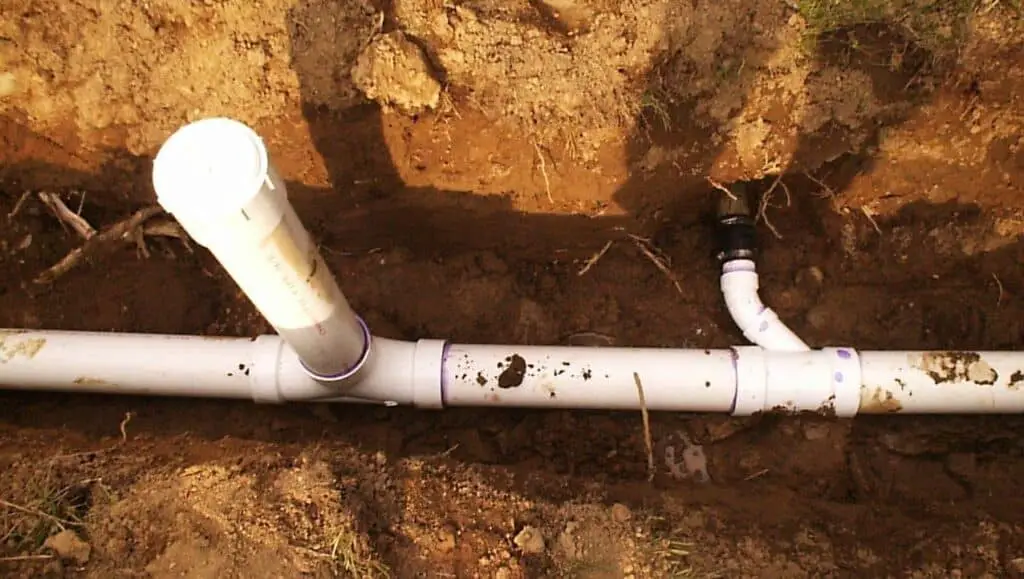
Conclusion
A cleanout in plumbing is a vital component of a plumbing system that provides access points for maintenance, inspection, and clearing of blockages. It is a fitting or access point designed to facilitate easy entry into the pipes and drains, allowing plumbers or maintenance personnel to perform necessary tasks without extensive dismantling or damage to the surrounding areas.
Cleanouts are strategically located at various points within a plumbing system, such as the main sewer line, branch lines, or near fixtures, to ensure convenient access where blockages or maintenance issues are likely to occur.
Openable caps, plugs, or covers allow specialist tools or equipment to be inserted for cleaning, inspection, or obstruction removal.
Cleanouts in plumbing systems are crucial.
They make upkeep and inspections go more smoothly, which keeps plumbing problems from getting worse and limits damage to property. Cleanouts help the plumbing system work better and more efficiently by making sure that water flows and drains properly. They also help find plumbing problems quickly and fix them, which keeps you from having to deal with delays and expensive repairs.
Cleanouts ensure building codes are met and the plumbing system satisfies safety, maintenance, and usability criteria.



